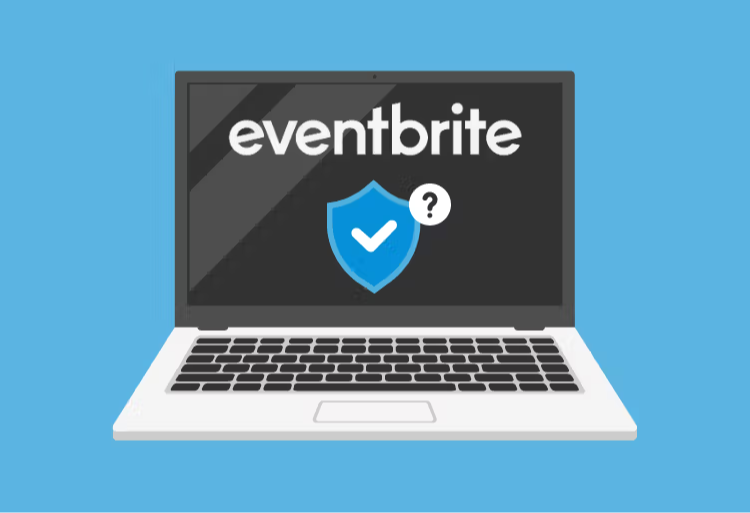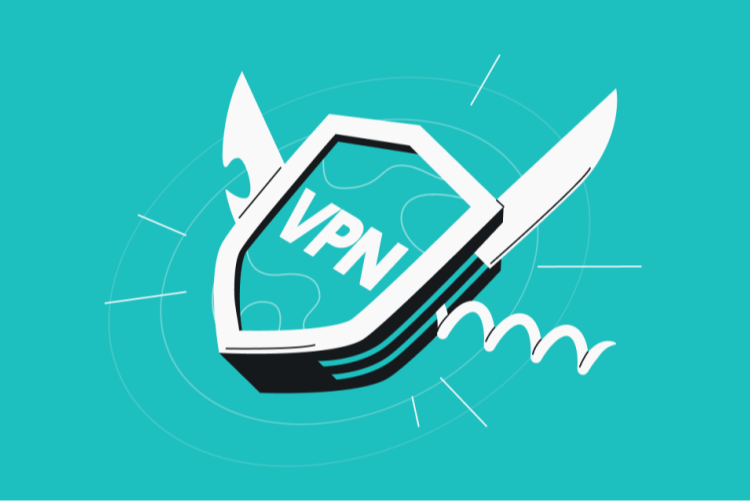Ever landed on a site offering luxury goods at unbelievably low prices or been tempted by a “Free iPhone VPN” giveaway? You’re not alone. Fake or scam websites are everywhere, and some are sophisticated enough to fool even experienced users. In 2025, knowing how to spot fake or scam websites is critical—not just for avoiding scams, but for protecting your identity, finances, and online security.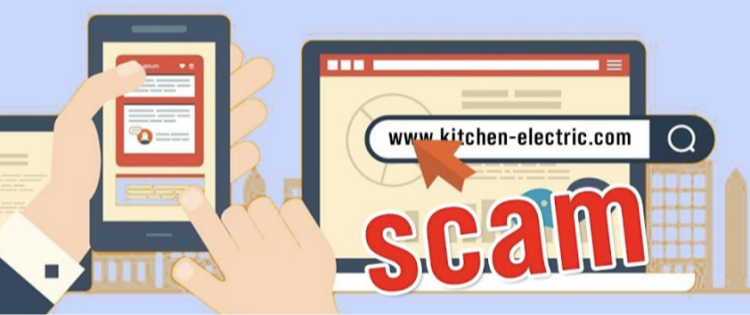
What Are Fake or Scam Websites?
At their core, fake or scam websites are designed to deceive you. Whether they want your personal data, money, or to install malware on your device, they mimic legitimate websites to lower your guard. Here are some common types:
🔒 Types of Fake or Scam Websites
-
Phishing Sites: Imitate trusted brands to steal login credentials or credit card details. SMS phishing—or "smishing"—has become more common, especially around the holidays (e.g., "USPS warns of smishing scams").
-
Clone Websites: Near-identical copies of real company websites that trick users into entering sensitive information.
-
Malware Distributors: Pose as software downloads like "Free VPN for Android" or updates that secretly install spyware.
-
Fake E-commerce Platforms: Offer deals that seem too good to be true, often selling low-quality knockoffs—or nothing at all.
-
Charity Scams: Pretend to collect donations for disasters or causes but pocket the money instead.
-
Tech Support Cons: Use pop-up alerts to scare users into calling fake support numbers and sharing payment info.
-
Investment & Lottery Scams: Promise unrealistic returns or prizes in exchange for personal info or upfront fees.
How to Spot Fake or Scam Websites in 2025
Wondering, “Is this website a scam?” Here are the top signs to watch for.
1. 🧐 Check the Source Before You Click
Links sent via unsolicited emails, social media DMs, or even suspicious search engine ads can be dangerous.
✅ Tip: Use Falcon VPN’s Threat Protection Pro to block known scam pages automatically. Free iPhone VPN and Android VPN tools can also add a layer of protection.

2. 🔍 Inspect the Domain Name Carefully
Scammers often use lookalike URLs like faceb00k.com instead of facebook.com.
-
Hover over links to preview URLs.
-
On mobile, long-press links to inspect the full address.
- Use a website legit checker like Colossal Verify to confirm authenticity.
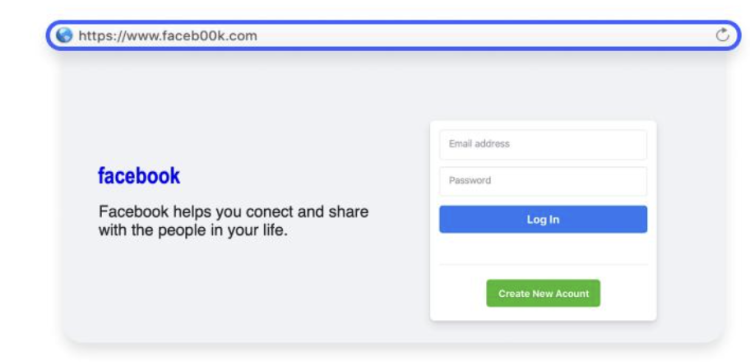
3. 🔐 Look for HTTPS Security
Legitimate sites use HTTPS encryption with a padlock icon in the address bar.
-
Click the padlock to view SSL certificate details.
-
Avoid sites marked “Not Secure” or with broken certificates.
4. 🛠 Use Online Tools to Check Safety
-
Google Safe Browsing: https://transparencyreport.google.com/safe-browsing/search
-
Colossal Verify for scam site analysis
-
Search for “SMS phishing news” and “USPS warns of smishing scams” to stay updated
5. 📅 Check the Domain Age
Use a Whois Lookup tool to check how old the domain is. Most scam sites are new.
-
A brand-new domain (less than 6 months old) is a red flag.
-
Trusted businesses usually have domains several years old.
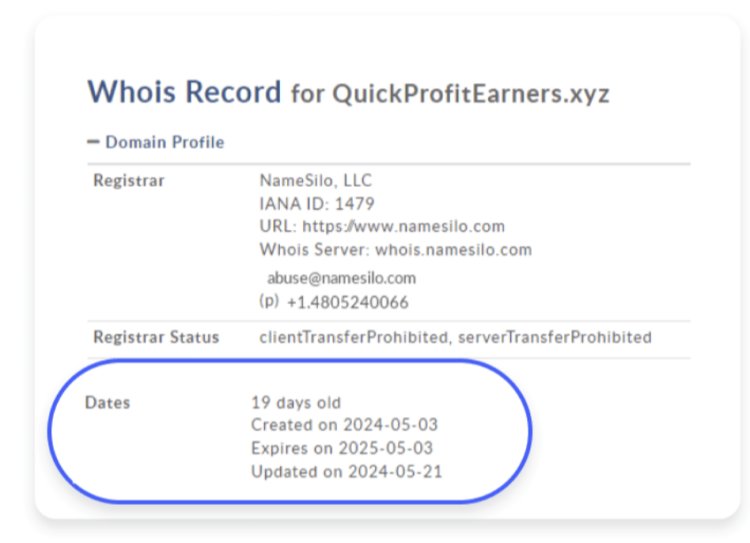
6. 🎨 Analyze Website Design and Grammar
Poor-quality content, blurry images, broken links, and excessive pop-ups are classic scam signs.
7. 📞 Look for Real Contact Info
Legit websites have:
-
A valid physical address
-
A working customer support email
-
A real phone number
Fake or scam websites often hide or fake this information.
8. 🗣 Read Real Reviews
-
Search for third-party reviews on sites like Trustpilot or Reddit.
-
Be wary of overly positive testimonials on the site itself.
9. ⚠️ Beware of Suspicious Requests
-
Requests for personal info or urgent action ("Act now!", "Only 3 left!") are scam red flags.
-
Legit websites don’t pressure you into fast decisions.
Real-World Scam Website Examples
📦 Fake USPS & Smishing Scams
Watch out for domains like usps-track.net or usps-996a.com. These are common around the holidays. Refer to “USPS warns of smishing scams” for details.
▶️ Fake YouTube Pages
Domains like youtube-videos.net mimic YouTube but serve malware or phishing pages.
🎮 Roblox Scams
Sites like roblox-giftcards.com offer fake cheat codes or free Robux but are fake or scam websites.
🛍 Fake Amazon Pages
Look for addresses like amaz0n.com or deals that sound too good to be true.
🏦 Fake Bank Logins
Fake pages like bank-secure-login.com are dangerous. Always verify with your bank before entering credentials.
What To Do If You Visit a Fake or Scam Website
🛑 Step-by-Step Action Plan
-
Freeze Your Payment Cards: Contact your bank immediately.
-
Change All Passwords: Especially if you reused them across sites.
-
Enable Two-Factor Authentication (2FA): Adds an extra layer of security.
-
Run Antivirus/Malware Scans: Use trusted tools or Falcon VPN’s Threat Protection Pro.
-
Report the Scam Website: Use legit checkers and report to Google, Microsoft, or cybersecurity agencies.
-
Check Cyber Insurance: Falcon VPN Ultimate users in the US/EU may qualify for cybercrime protection.
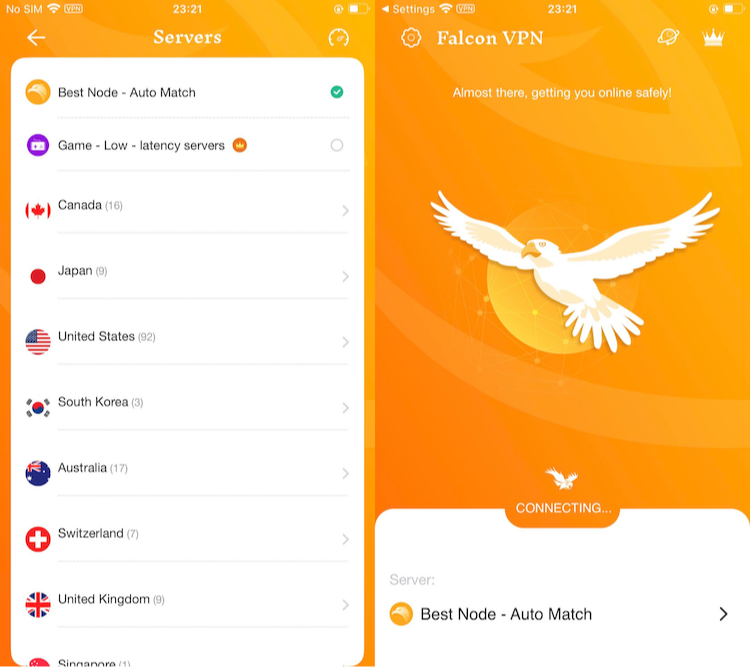
- Get the VPN App
Head over to FalconVPN and download the appropriate version for your device. - Complete Installation
Open the downloaded file and follow the prompts to install the VPN app on your device. - Open the VPN App
Launch the app after installation. Select your preferred server location. - Connect to Secure Your Internet
Hit the “Connect” button to encrypt your connection and protect your online activities.
How to Report Fake or Scam Websites
🧠 1. Report to Search Engines
-
Google Safe Browsing: Helps block scam sites from search results and Gmail
-
Microsoft Security Intelligence: For Edge, Bing, and Outlook users
🧠 2. Alert Cybersecurity Companies
Report suspicious links to antivirus providers or cyber threat firms like Colossal Verify. They use your reports to block fake or scam websites globally.
🧠 3. Notify Government Agencies
-
FBI IC3: https://www.ic3.gov
-
CISA: For infrastructure security threats
-
International Contacts: Use local cybercrime hotlines and reporting portals
🧠 4. Contact the Imitated Company
-
Amazon: stop-spoofing@amazon.com
-
PayPal: phishing@paypal.com
-
Falcon VPN: Use official support links
🧠 5. Use Scam Detection Tools
-
Colossal Verify
-
Google Safe Browsing
-
Falcon VPN Threat Protection Pro
-
“Free iPhone VPN” and “Free VPN for Android” apps with malware scanners
FAQ: Scam Website Detection in 2025
Who regulates fake or scam websites?
Agencies like the FTC, CISA, Interpol, and domain registrars handle regulation and takedowns.
Are there fake Shein or Temu websites?
Yes. Look out for domains like shein-clearance.shop or temu-sale-offers.net. Use legit checkers before purchasing.
Where can I learn more about online scams?
Top resources include:
-
FTC, IC3, CISA
-
Security blogs (e.g., Falcon VPN Blog)
-
Educational platforms: edX, Coursera
-
Tech media: TechRadar, Wired
-
Podcasts & YouTube channels on cybersecurity
Final Thoughts: Stay One Step Ahead of Scam Websites
Fake or scam websites aren’t just annoying—they’re dangerous. Knowing how to spot them, block them, and report them empowers you to stay safe online. Use tools like Falcon VPN, Colossal Verify, and official government channels to protect yourself and others from the ever-evolving web of online deception.

John Miller is a tech enthusiast and online privacy advocate with over 8 years of experience in VPN and cybersecurity. He writes expert guides to help users navigate VPN options, enhance their online security, and protect their privacy on the internet.

